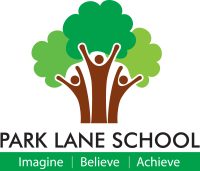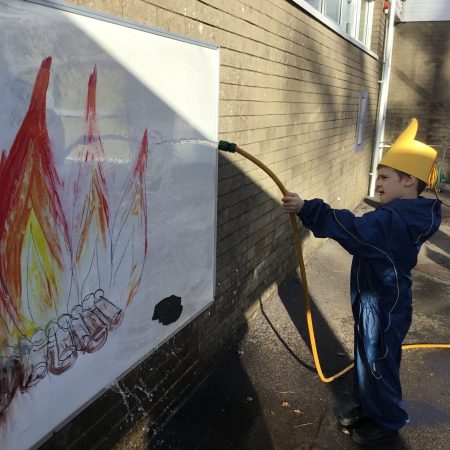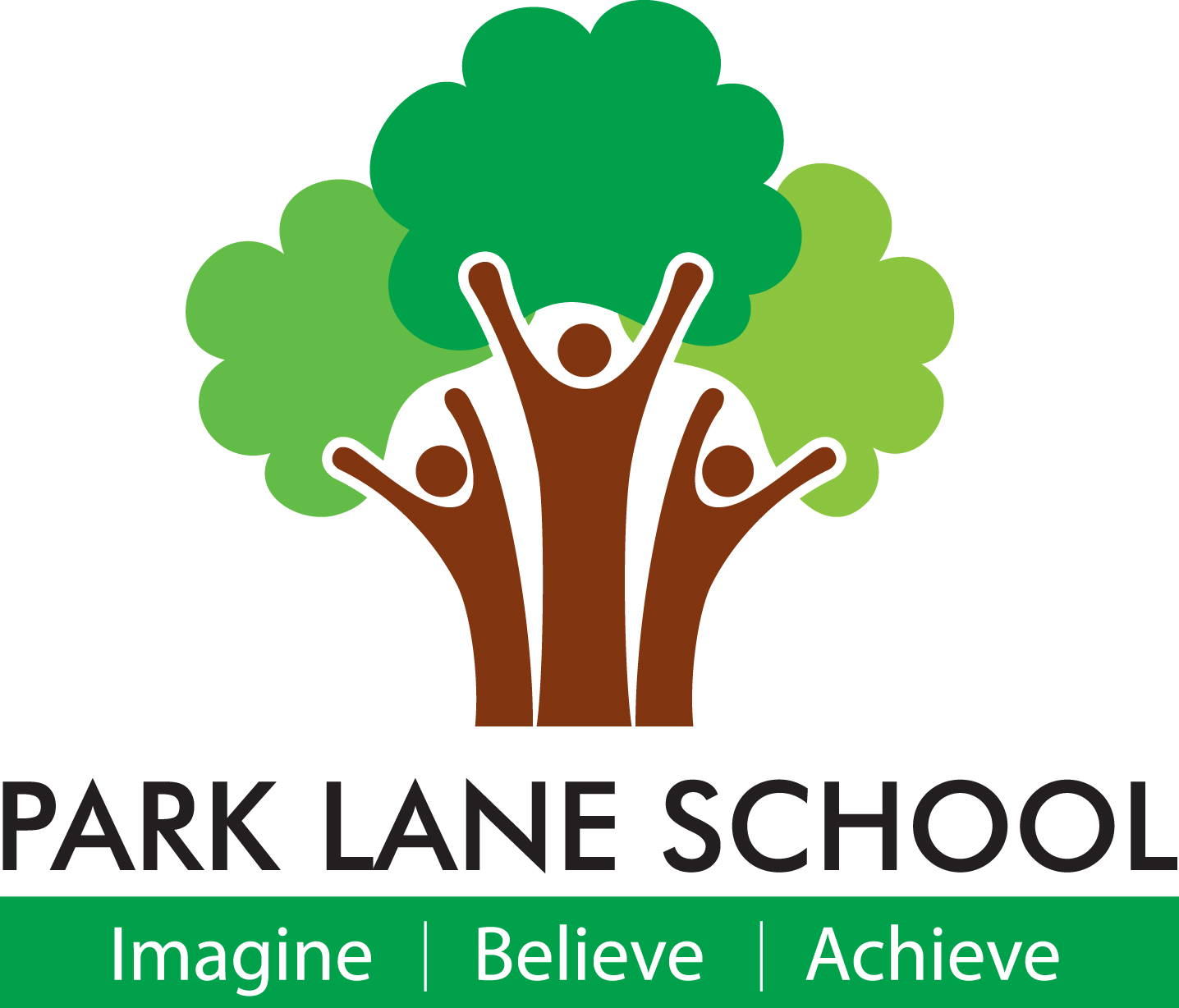Physical Structure
Refers to an individuals immediate surroundings. Daily activities, such as playing and eating, work best when they are clearly defined by physical boundaries.
Work System
The work system establishes expectations and activity measurements that promote independence. Ideal work systems will communicate objectives with minimum written instructions.
Consistent Schedule
Having a consistent schedule is possible through various mediums, such as using objects, drawings, photographs or symbols.
Routine
Routine is essential because the most important functional support for autistic individuals is consistency.


